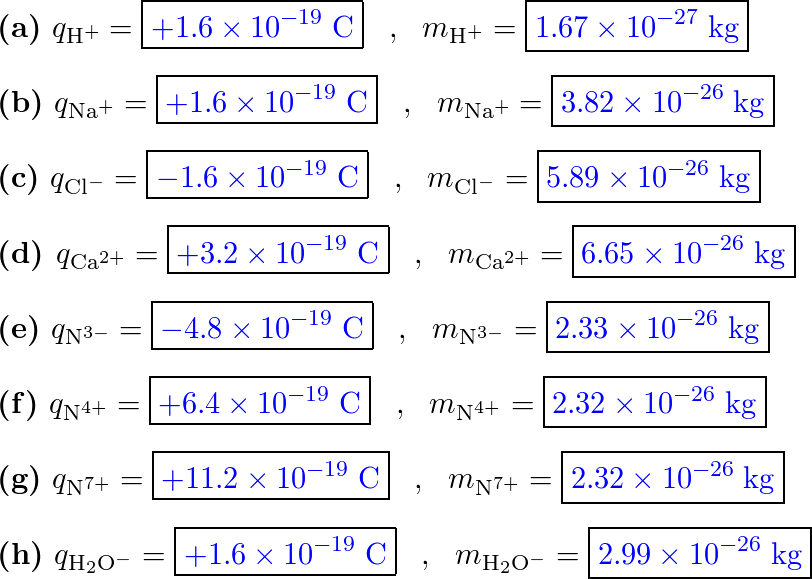- Problem Solving Part 2 (physics)mr. Standring's Webware 2.2
- Problem Solving Part 2 (physics)mr. Standring's Webware 2.

Academia.edu is a platform for academics to share research papers.

- Standring's Webware 2. (Physics problems that is:) A physics guide by a physics student (not Mr. Standring) for physics students.
- A physics guide by a physics student (not Mr. Standring) for physics students Physics? Physics – and most science subjects – can be very complicated. Describing our world is.
Problem Solving Part 2 (physics)mr. Standring's Webware 2.2
Solutions…
Problem Solving Part 2 (physics)mr. Standring's Webware 2.
All objects have weight. Objects resting on solid surfaces also experience a normal force. Weight points down, since it always does. Normal points up, since the problem didn't say anything about the scale not being level. Draw a box with one arrow pointing up and another pointing down. Try to make the upward pointing arrow look smaller than the downward one. Label the upward pointing arrow 'normal' and the downward pointing arrow 'weight'.
Use the simple equation for weight. Assume the elevator is near the surface of the Earth where gravity is around its standard value.
W = mg W = (0.150 kg)(9.8 m/s2) W = 1.47 N There are only two forces on the cheeseburger and they are opposite each other. This means the net force is the difference of the two forces. I think I will let up be the positive direction for this problem. The normal force is what the scale reads. Weight was computed in the previous part of this problem. The difference is negative, which means the net force is downward.
∑F = N − W ∑F = 1.14 N − 1.47 N ∑F = −0.33 N down Use Newton's second law of motion to determine the acceleration. The mass of the cheeseburger was given in the problem and we just computed the net force a moment ago. Net force and acceleration are always in the same direction, since the math says so. Acceleration is also downward.
a = ∑F m a = −0.33 N 0.150 kg a = −2.2 m/s2 down The speed of the elevator is decreasing since the acceleration is opposite the velocity.
